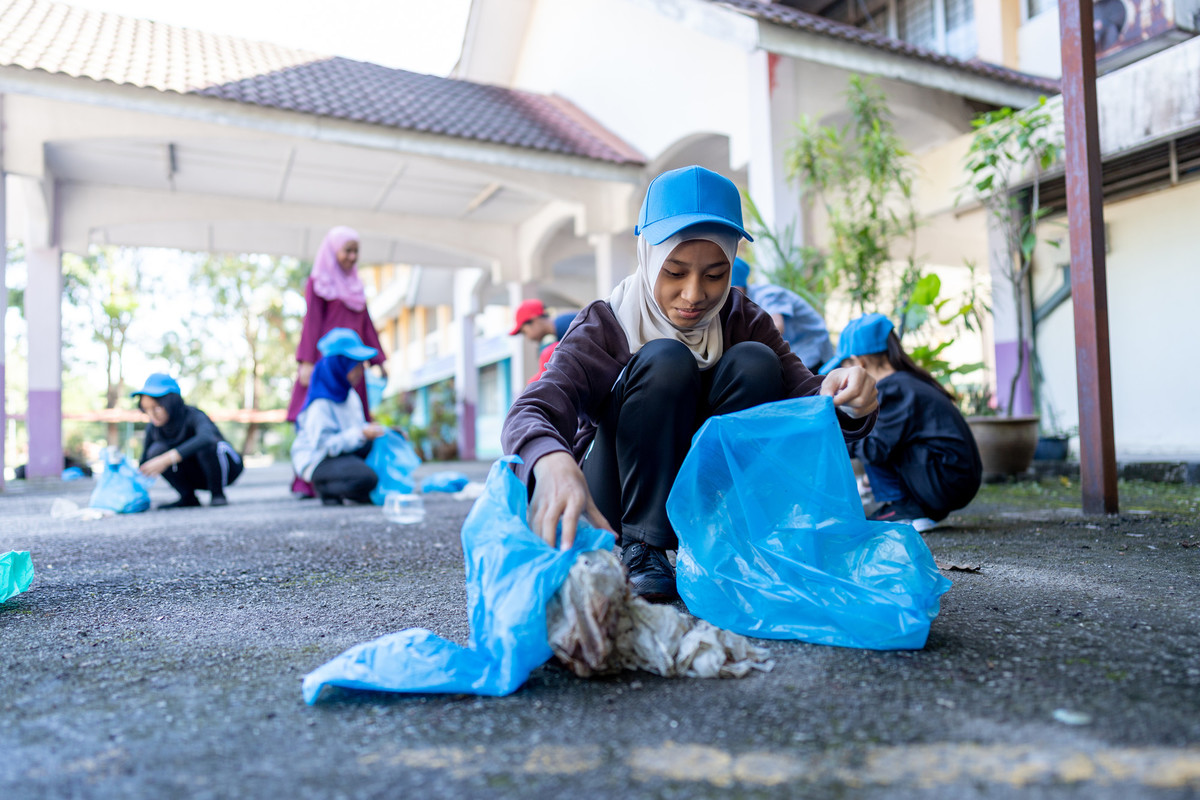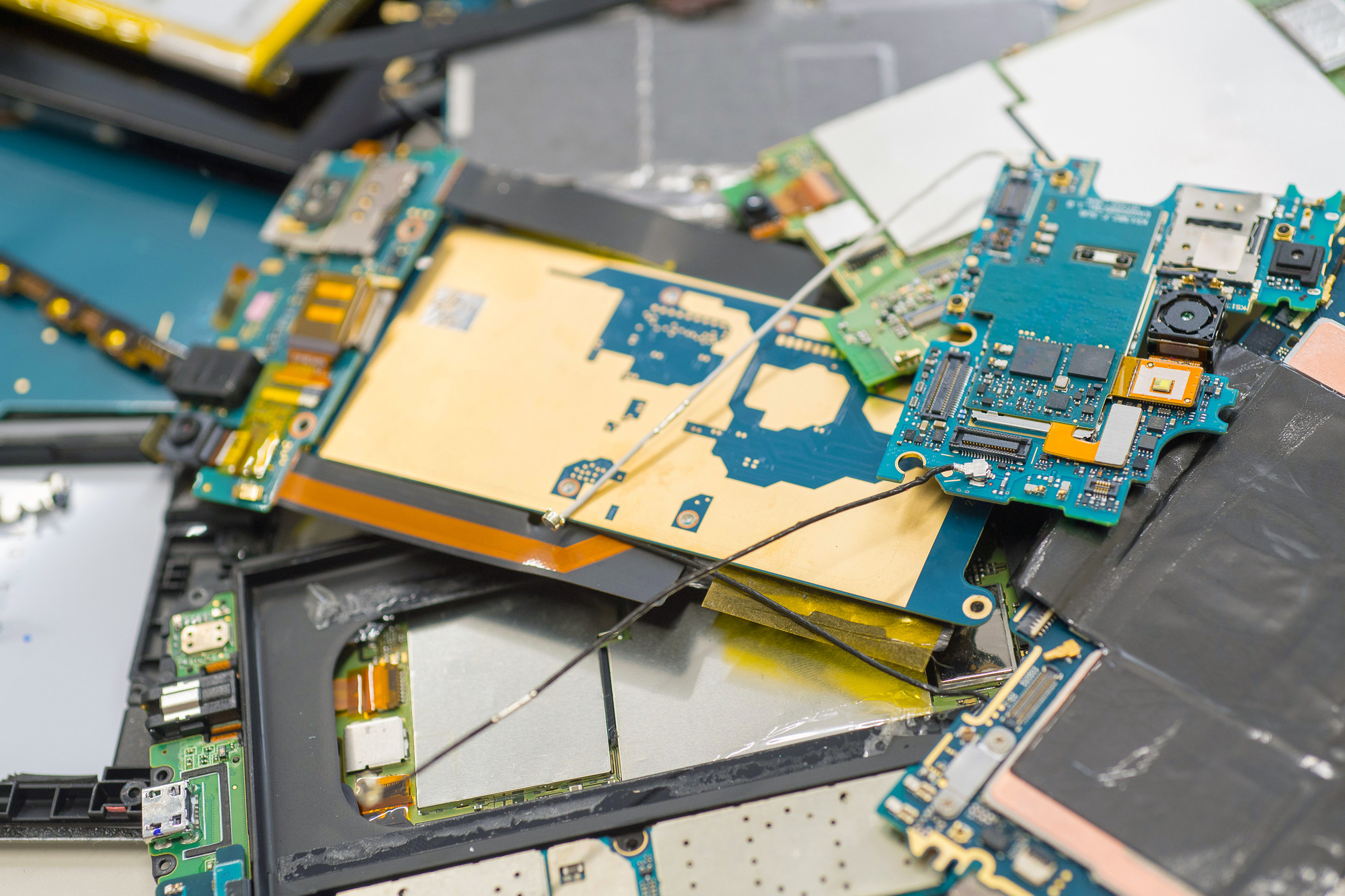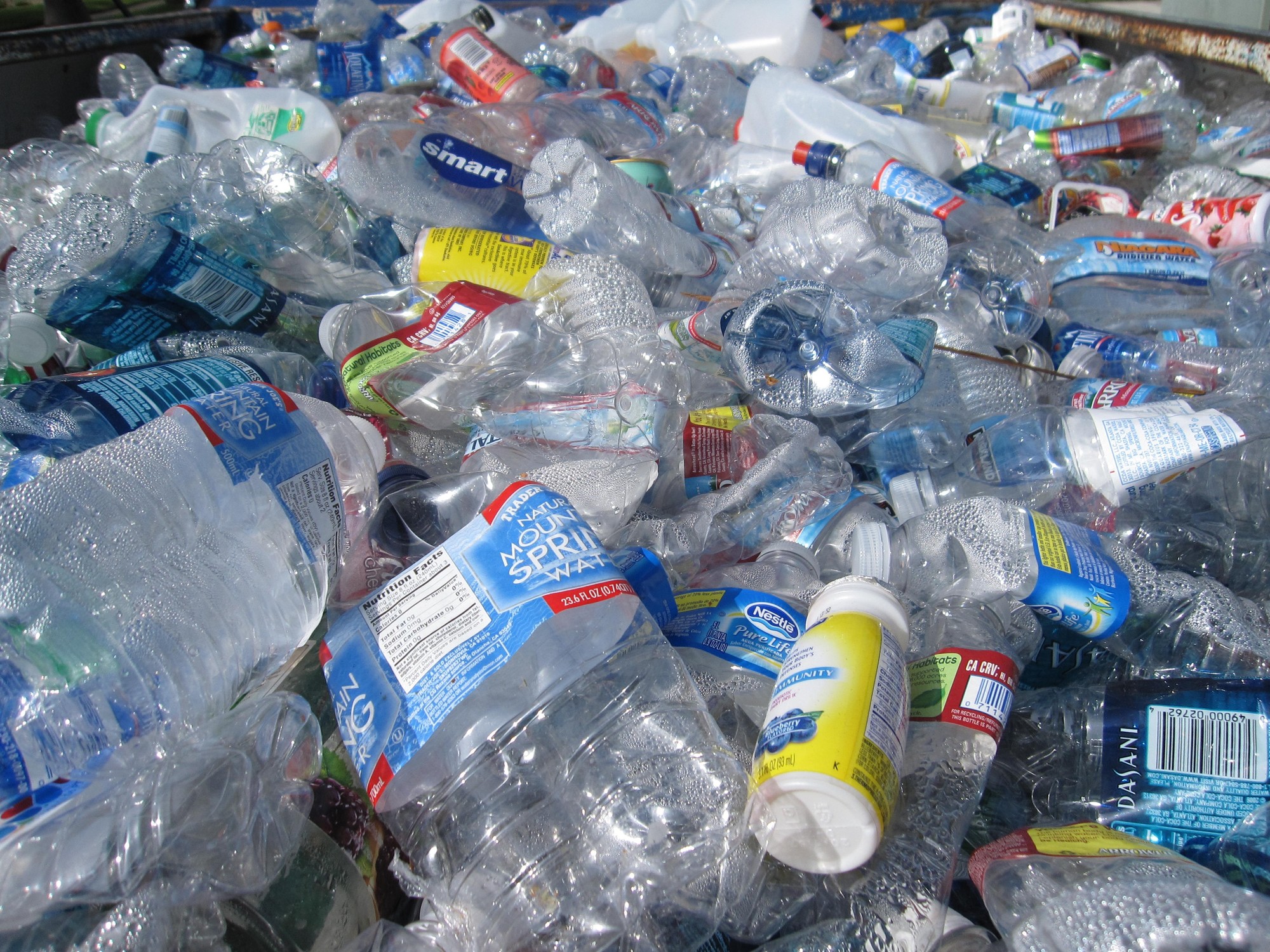Basel Convention on the Control of Transboundary Movements of Hazardous Wastes and their Disposal
27 April 2023
The 1989 Basel Convention on the Control of Transboundary Movements of Hazardous Wastes and their Disposal is an international treaty between 190 countries on the management, disposal, and transboundary movements of hazardous wastes produced worldwide. It is the oldest of the Basel, Rotterdam, and Stockholm Conventions, which together tackle the life cycle of global chemicals and waste management.
Brief by Pamela Chasek, PhD
What are hazardous wastes?
Hazardous wastes are discarded materials that can damage human health or the environment. This includes wastes that contain heavy metals, toxic chemicals, infectious medical wastes, electronics, plastics, and corrosive, flammable, explosive, or radioactive substances. Estimates vary, but approximately 400 million tons of hazardous wastes are generated each year—almost 13 tons a second. Industrialized countries generate most of this waste, but quantities have increased rapidly in many developing countries. Most hazardous waste remains in the country where it was produced, but some is shipped across international boundaries for disposal or recycling.
Why was the Basel Convention developed?
In the 1970s and 1980s, laws regulating hazardous waste disposal grew in developed countries, and a number of companies began to seek cheaper sites for disposal. As a result, North-to–South hazardous waste shipments increased significantly. Developing countries or firms within them—particularly in Africa, Central America, South Asia, and the Caribbean—were tempted by offers of substantial revenues for accepting wastes but lacked the technology or administrative capacity to dispose of them safely. Some of this trade was legal, but much was not, with the wastes entering countries covertly due to bribes or labelled as something else. In some cases, businesses interested in recycling products containing hazardous materials (such as the ship-breaking industry in South Asia and parts of the electronic-waste industry) circumvented import rules or ignored or obstructed domestic environmental and human-health regulations.

During this period, several notorious cases of illegal dumping occurred. In one, the cargo ship Khian Sea went to sea in 1986 in search of a disposal site for 14,000 tons of incinerator ash containing high levels of lead, cadmium, and other heavy metals. The ash came from incinerators in the United States. The ship spent almost two years at sea, during which its name changed twice. In January 1988, it dumped 4,000 tons of ash in Haiti and it dumped the remaining 10,000 tons in November at different spots in the Atlantic and Indian oceans.
To combat these practices, the Basel Convention was negotiated under the auspices of the United Nations Environment Programme in the late 1980s. It was adopted in 1989 and entered into force in 1992. The Basel Convention prohibits the export of hazardous wastes to countries with less-advanced storage and disposal facilities unless the importing state had detailed information on the waste shipment and gave prior written consent. The guiding principles of the Convention are:
- the generation and transboundary movements of hazardous wastes should be reduced to a minimum; and
- hazardous wastes should be managed in an environmentally sound manner, treated, disposed of as close as possible to the source of generation and minimized at the source.
What are the Ban Amendment and the Liability Protocol?
By early 1994, more than 100 countries had passed domestic legislation banning the import of hazardous wastes, although not all had the administrative capacity to do so unilaterally. This showed an important consequence of the Basel Convention: the strengthening of relevant domestic law. Building on these developments, at the second meeting of the Conference of the Parties (COP2) a broad coalition, including the Group of 77 (developing countries), pressed countries to adopt an amendment calling for a complete ban on hazardous waste exports from developed countries to developing countries, including those exported for recycling. One year later at COP3 in 1995, Parties adopted the ban as a formal amendment to the Basel Convention. The Ban Amendment prohibits export of hazardous wastes for final disposal or recycling from countries listed in Annex VII of the convention (developed-country Parties) to non-Annex VII countries. The Ban Amendment entered into force in 2019.
In December 1999, after six years of discussion, COP5 adopted the Basel Protocol on Liability and Compensation, which addresses developing countries’ concerns that they lack sufficient funds and technologies to prevent or cope with the consequences of illegal dumping or accidental spills. The Protocol sets out how to determine liability and compensation for damage resulting from the legal or illegal transnational movement of hazardous wastes. The Protocol also addresses who is financially responsible in the event of an incident. To date, the Protocol has not entered into force.
How is the Basel Convention being strengthened?
In 2006, a shocking incident highlighted the original purpose of the convention and the dangers associated with the hazardous waste trade. An old chemical tanker carrying more than 400 metric tons of heavily contaminated wash water (water used to clean its holds) sailed to Nigeria to deliver a different cargo and then docked in Abidjan, Côte d’Ivoire. Under the cover of night, the contaminated wastewater was transferred to tanker trucks, which then dumped it at 16 different open-air sites around the city, many near water supplies or farms. At least 15 people died, thousands were hospitalized, and over 100,000 sought medical treatment, overwhelming local hospitals. Many fishing, vegetable, and small livestock activities were halted with the associated businesses closed and workers laid off. The incident highlighted the absence of effective tracking systems for the transboundary movement of hazardous waste and the concern that these shipments, both legal and illegal, might be producing more environmental damage than recognized.
Seeking to continue strengthening the practical impact of the regime, parties at COP10 adopted an updated action plan and strategic framework for 2012-2021. For the first time, the convention had an action plan that included specific goals and performance indicators to measure implementation. A key part of this plan was strengthening the work of the Basel Convention Regional Centres. The centres were established to facilitate implementation of the convention in developing countries by building capacity, educating the public, collecting data, reporting, promoting environmentally sound waste management, easing the transfer of cleaner production technologies, and helping to train customs officials. There are 14 regional centres in Africa, Asia, the Caribbean, Eastern Europe, and Latin America.
Parties also strengthened the Basel Convention through developing nonbinding technical guidelines designed to assist industry and governments in the environmentally sound management of hazardous waste. Guidelines have been created for different categories of hazardous wastes, including waste oil, biomedical and health-care wastes, persistent organic pollutants (POPs), individual chemicals such as PCBs, obsolete ships, and mobile phones. These technical guidelines are an example of effective regime strengthening even when new binding rules are not created.
What is e-waste?
Electronic waste, or e-waste, refers to discarded, broken, or obsolete electronic devices. E-waste includes phones, televisions, computers, printers, monitors, sensors, and CD, DVD, and MP3 players, as well as their parts and components. Globally, e-waste generation is growing by more than 50 million tons a year. In 2019, the average volume of electronic waste generated per capita worldwide stood at 7.3 kilograms. This figure is expected to rise, reaching an estimated nine kilograms per capita by 2030.

E-waste often contains hazardous materials. This includes heavy metals—such as lead, cadmium, and beryllium—as well as a variety of toxic chemicals, including certain flame retardants. Recycling e-waste, particularly in developing countries, can yield very important resources but can also cause serious pollution and health problems if proper care is not taken to protect workers and prevent release of the pollutants into the environment via direct dumping, poorly designed and operated landfills, open-pit burning, or incinerator exhaust and ashes. A UNEP report concluded 90 percent of the world’s e-waste is improperly disposed of, dumped, or illegally traded each year.
Countries didn’t foresee the immense scope of the e-waste issue when they negotiated the original convention. After developing various guidelines and partnerships, COP15 adopted amendments to Annexes II, VIII, and IX of the Basel Convention, which led to the inclusion of all e-waste under the Prior Informed Consent (PIC) procedure. As a result, starting from 1 January 2025, all e-waste moved across the international borders will be subject to a strict control procedure, and governments will be able to decide if they want e-waste imports from other countries.
What is plastic waste?
Plastic, particularly marine litter, represents a large and growing global environmental problem. Plastic persists almost indefinitely in the environment and has a significant impact on marine and coastal biodiversity. Some plastics also contain, are made with, or are treated with hazardous substances, including POPs. Microplastics—tiny pieces that range from rice-sized particles to microscopic bits that were originally part of plastic bags, bottles, straws, and other items—are present in most sea animals, including fish eaten by humans. UNEP estimates annual global plastic production at more than 320 million tons a year and that only 9 percent of the estimated 6.3 billion tons of plastic waste produced since the 1950s has been recycled and only 12 percent incinerated.

In 2019, COP14 took historic decisions to address plastic waste. The decisions included a formal amendment that expanded the scope of plastic waste covered by the convention. The COP also acknowledged the urgency of the plastic waste problem and called on Parties to adopt a life-cycle approach for managing plastics. Finally, the COP established the Partnership on Plastic Waste that included representatives from countries, international organizations, NGOs, and the private sector. This partnership is charged with promoting and improving the prevention, minimization, and environmentally sound management of plastic waste, including microplastics.
What challenges does the Basel Convention face?
The Basel Convention today is quite different from the weak regime created in 1989. Today’s expanded Basel Convention has helped eliminate some of the worst forms of toxic-waste dumping, improved the management of hazardous wastes, and established frameworks, guidelines, and partnerships.
Yet the Basel Convention still faces many challenges. Although promising policy initiatives and economic incentives have emerged to promote more effective management, recycling, and disposal of hazardous waste, several of the central goals of the regime—to reduce the amount of hazardous waste produced, limit its movement, and ensure its environmentally sound management—remain difficult to achieve.
Parties are also faced with the challenge of securing sufficient funding to support key regime priorities. Efforts spent creating and revising technical guidelines matter little to a developing country that lacks the financial resources or technically trained personnel to administer and enforce them. Addressing these challenges will determine the long-term impact of the hazardous waste regime.